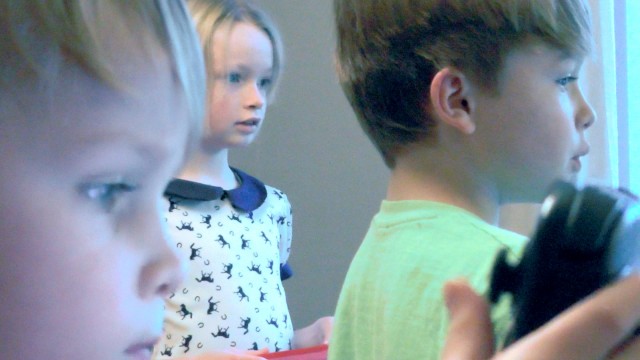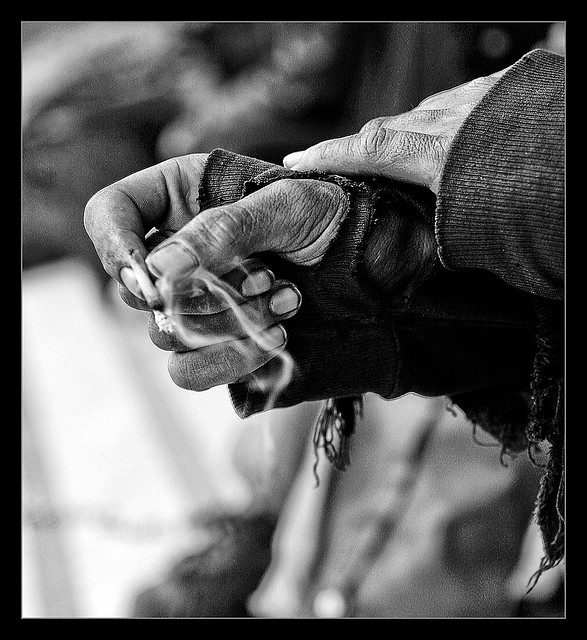What is The Point in Learning Biology?
Last time we looked at uses of English, both in day-to-day life and in careers. Today we will focus on Biology – the study of life and living organisms in more detail that you could ever think necessary. So how is Biology useful in our day to day lives? How can we put the skills learned in Biology to use?
Here is where to find BIOLOGY … every day and everywhere
Untangling Quantum Entanglement and Teleportation – A Child-friendly Explanation
You may have heard something on the news recently about an exciting scientific discovery, of Quantum Entanglement and Teleportation. Sometimes it can be quite hard to untangle a news story like this, because it all sounds rather complicated. Our new Science Writer, Samantha Gouldson has ironed out the details and explains Quantum Entanglement and Teleportation in a child-friendly manner.
The UK General Election – An Explanation for Kids
Every five years, United Kingdom elects a new parliament. This is called a General Election and it’s pretty complicated. If you’ve ever wondered how a country decides who is going to run things, this is how! We asked our contributor Tina Price-Johnson to write an explanation of the General Election for kids.
When I was in Year 9, my school ran a mock general election, so we could learn how an election works. I was chosen to be the Liberal Democrat candidate, and two other students were chosen to represent the Conservative Party and the Labour Party. We didn’t have any other parties at that time!
We had to pretend we were running to be elected as a Member of Parliament (MP), and the other students in the school were the voters. We created posters and learned what each party stood for, so we could debate in front of the whole school and give our speeches. We spoke to students in the hallway, and each of us had a team of other students to help us out. This is exactly what all the candidates for MP in your local area will be doing. More or less!
A Short Story – Concrete
Cold, rough concrete beneath my burnt yellow hands, ash under my nails. I hold the butt of an already smoked cigarette in my mouth, looking hopeless. Not even the phrase, “Any spare change?” will get anybody to notice me, the old tramp of Brixton, sitting on the side of a busy main road. Every day I get unhelpful comments from young school kids, such as, “The local druggie! Ha, ha, ha…” These don’t make me feel better. It’s not my fault I’m unemployed, homeless and either drunk or high most of the time. Or is it?
People ask me how on earth I find all the money to buy over fifty cans of beer a week and a rather large variety of harmful grasses from drug-dealers. Sometimes I wonder too. I’ve only ever stolen something once. Twice then. OK! I’ve stolen eight times! Where else am I supposed to get money from (not including vulnerable children’s purses)? But, I’ve been thinking… Maybe, just maybe, it would be a slight possibility – just a slight one – that I could consider starting afresh. By ‘afresh’ I mean a new life in which I give up all my addictions, that are slowly rotting my bones, and make lasting friendships, that won’t break. Ever.




